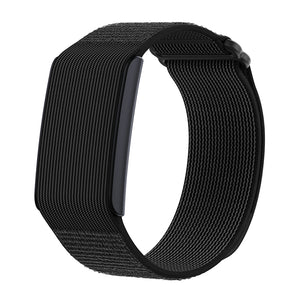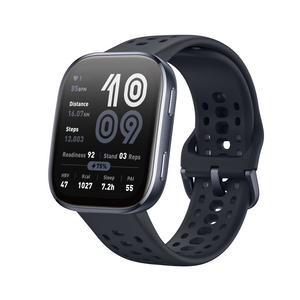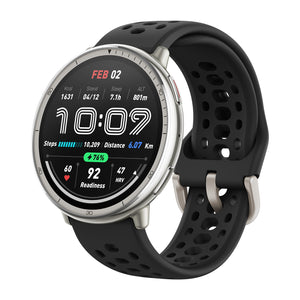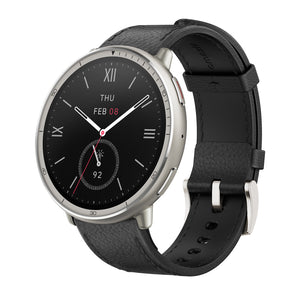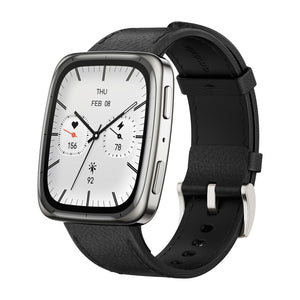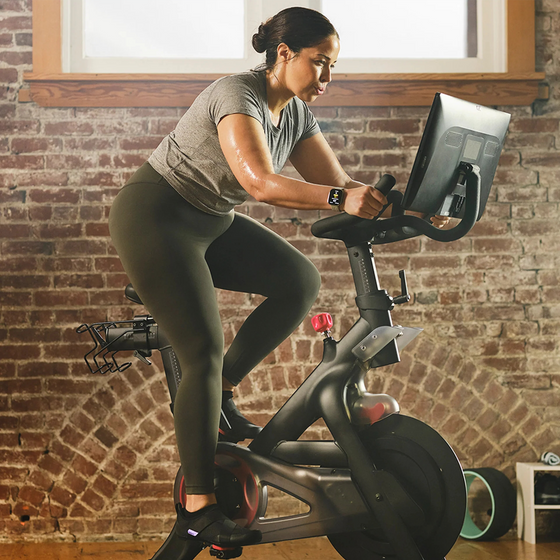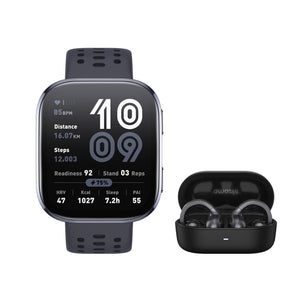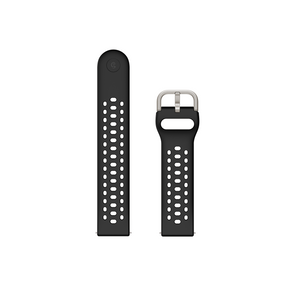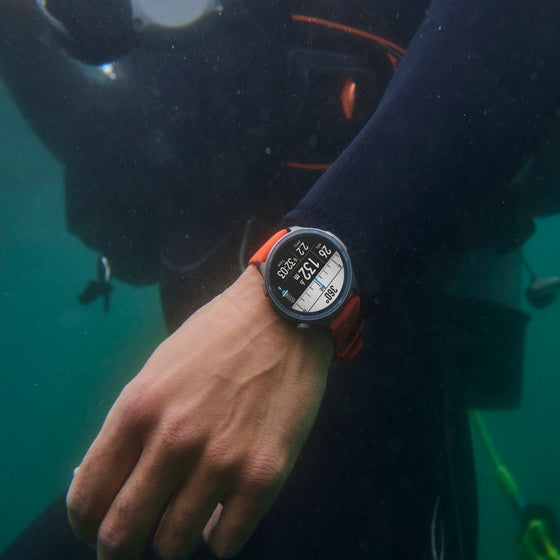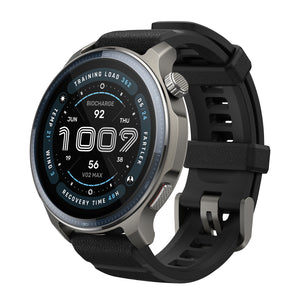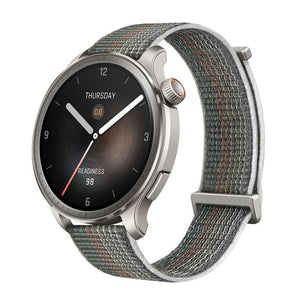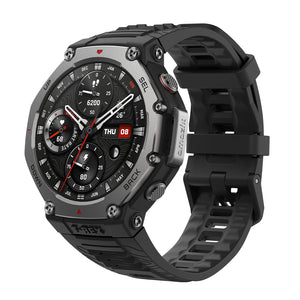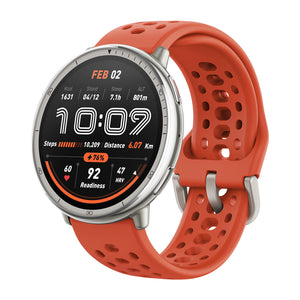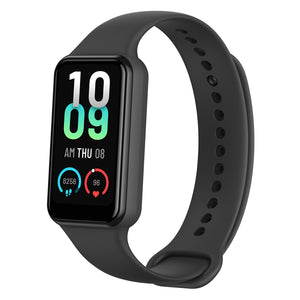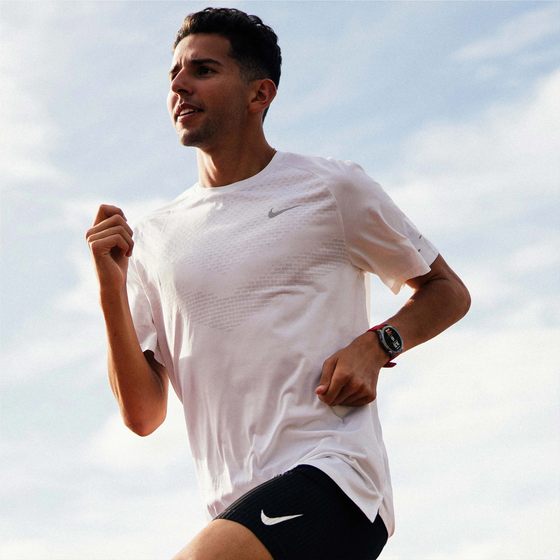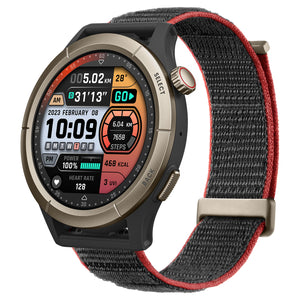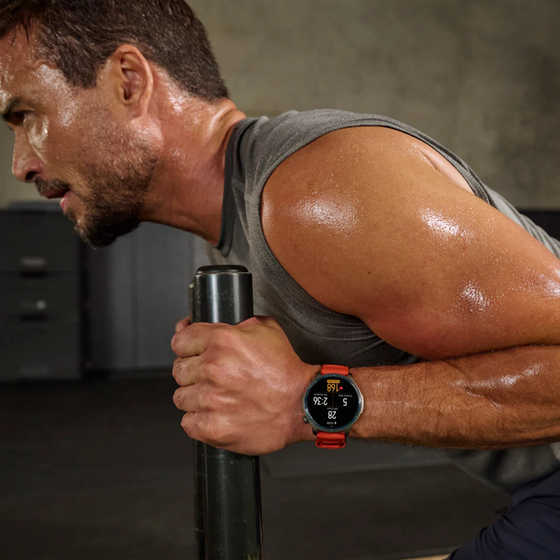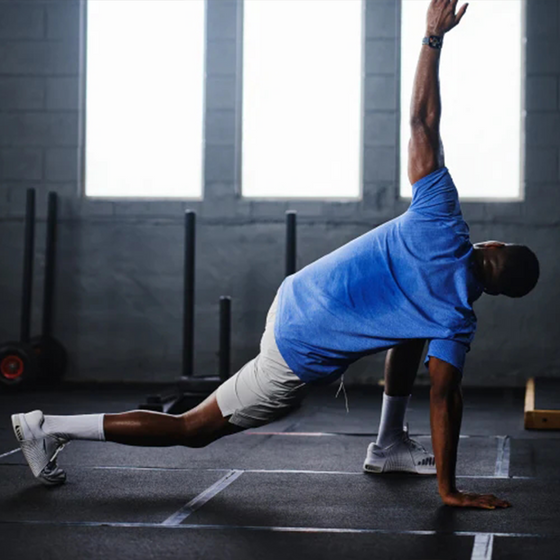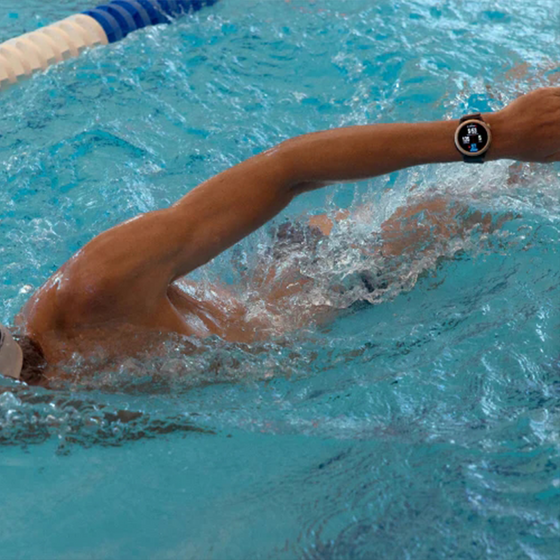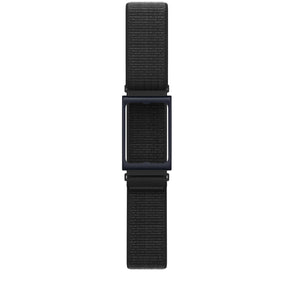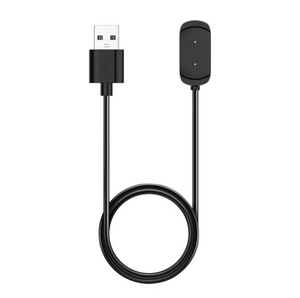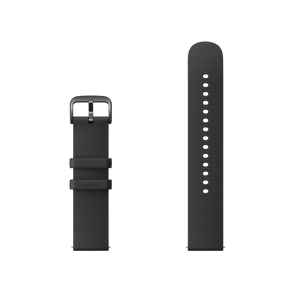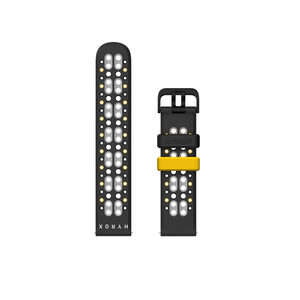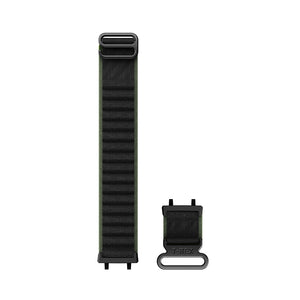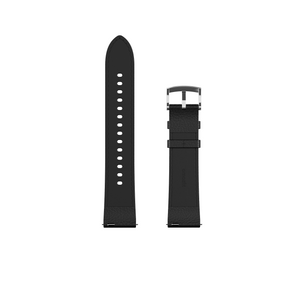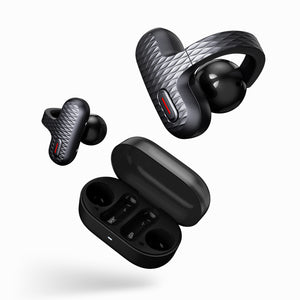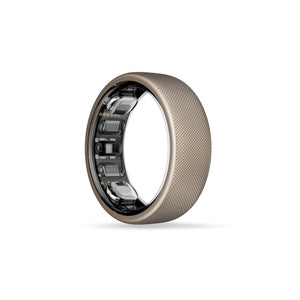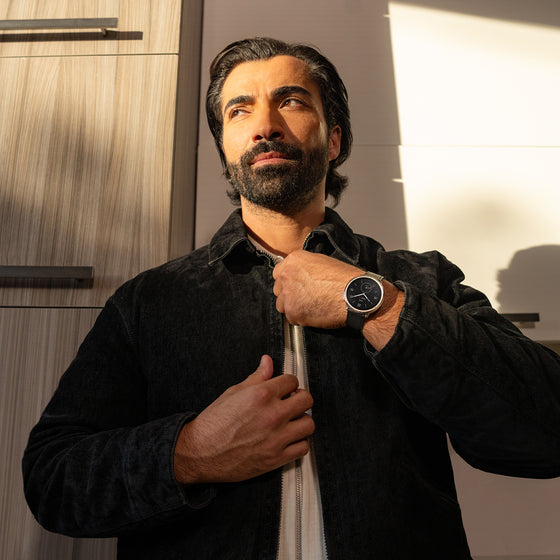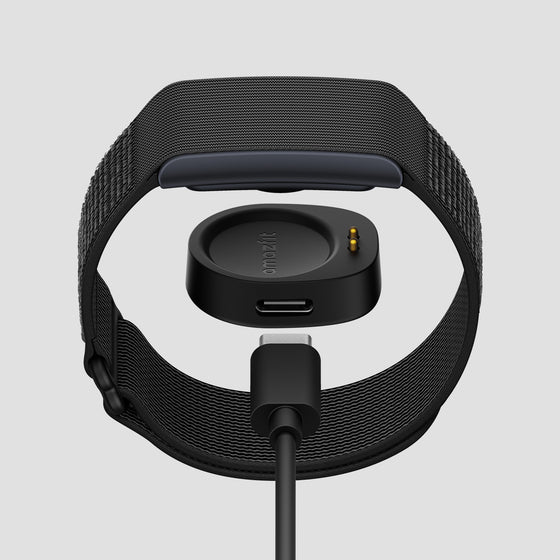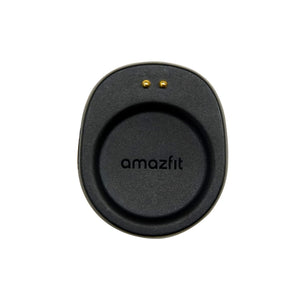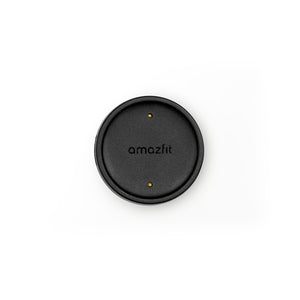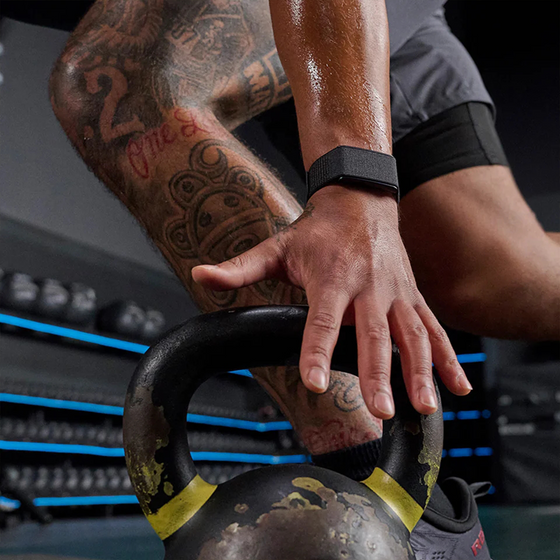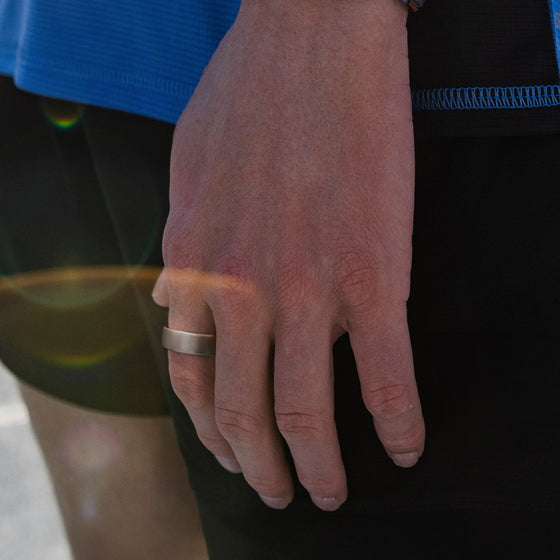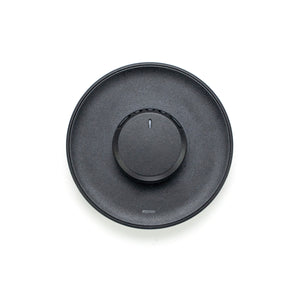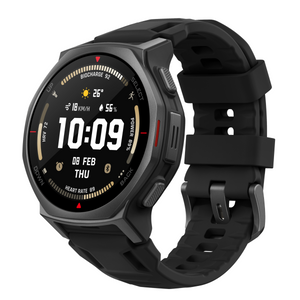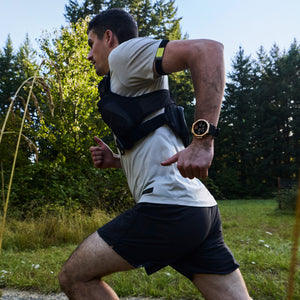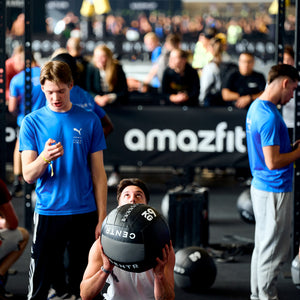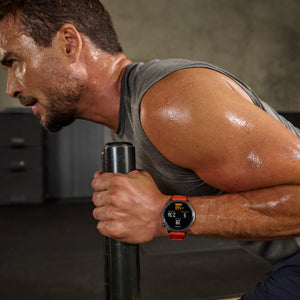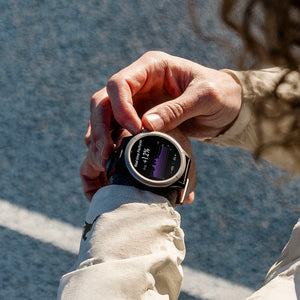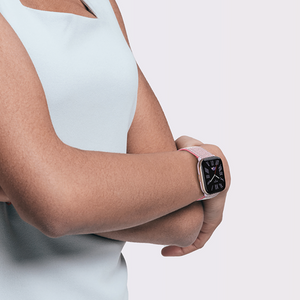Could Micro-Workouts be the Key to Better Long Term Health?
Have you ever found yourself skipping workouts because you didn't have enough time for a full gym session? The all-or-nothing mindset can hinder our fitness progress. That's where micro-workout exercise comes in. The latest trend encourages incorporating short bursts of physical activity throughout the day to achieve your exercise goals. This approach emphasizes the value of even the briefest exercise moments, as they can make a measurable impact on your health. In this article, we'll explore the concept of micro-workout or microdose exercise and how it can help you stay active and healthy amidst a busy schedule.
The Benefits of Regular Movement:
Regular movement throughout the day can offer more significant benefits than sitting for long periods and relying solely on a single workout session. Being sedentary for extended periods negatively affects heart health, making it crucial to prioritize regular physical activity. According to Jessica Matthews, PhD, an Assistant Professor of Kinesiology, even short bursts of exercise have a positive impact on overall well-being. Regular activity, no matter how brief, can help prevent and manage chronic conditions, improve mood, enhance cognitive function, and aid in weight management.

What Does Micro-Workouts Exercise Look Like?
Micro-workout exercise involves seizing every opportunity to increase your heart rate, no matter how small. It could be as simple as hustling up a flight of stairs, carrying heavy groceries, walking your dog at a faster pace, doing yard work, or performing high-intensity bursts during activities. Aerobic exercises like walking and weight training can both be microdosed. For example, incorporating short sets of squats or push-ups throughout the day can contribute to meeting and surpassing exercise guidelines.
Moderate Intensity and Tracking Progress:
To ensure that your activity contributes to the recommended 150 minutes of moderate-intensity aerobic exercise per week, it's important to gauge your effort level. Dr. Jessica Matthews suggests using the "conversation test" as a guide. If you can still hold a conversation but need occasional pauses to catch your breath, you're likely engaging in moderate-intensity exercise. Fitness devices like Amazfit smart watches can also help monitor your movement and alert you when you've spent too much time sitting, offering valuable insights into your activity levels.
Incorporating microdosing exercise into your daily routine is an effective strategy for staying active and countering the effects of a sedentary lifestyle. By embracing short bursts of physical activity throughout the day, you can accumulate exercise and achieve the recommended weekly guidelines. Remember to focus on moderate-intensity efforts and make use of fitness devices to track your progress. With micro-workouts, there are no excuses for skipping workouts, as every opportunity to move contributes to your overall health and well-being.


